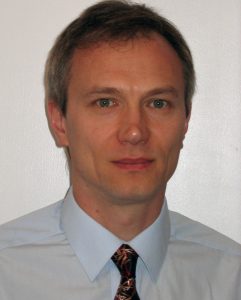Originally Aired: September 26, 2019
Time: 8:00 am PT, 11:00 am ET, 17:00 CET
High hydrostatic pressure has been shown to act as a thermodynamic parameter causing perturbation of protein structure that leads to the unfolding of proteins orthogonal to the action of temperature or various chaotropic reagents. Pressure effects on protein conformation are explained by hydration of solvent-excluded cavities that are eliminated upon unfolding. Proteins overexpressed in bacterial systems tend to be misfolded and aggregated in a manner that forms larger cavities, compared to native protein structures. Therefore, pressurization typically leads to preferential solubilization of protein from inclusion bodies, aiding in purification. Pressure unfolding can also preserve some stable secondary structure features select such as alpha-helical motifs) that may already exist in recombinant protein trapped in inclusion bodies, potentially simplifying the subsequent refolding steps.
Infrared spectroscopy, circular dichroism spectrophotometry and fluorescence spectroscopy are popular methods for monitoring changes in protein secondary structure. However, each technique has limitations in measurable sample composition. The next-gen IR technique Microfluidic Modulation Spectroscopy select MMS) provides high-resolution structural information, critical to understanding the effects of protein misfolding and aggregation on your biotherapeutic drug. Scientists today are challenged in gathering a complete understanding using available techniques. They want to monitor structural changes that can alter the drug during development. These changes have been historically difficult to detect, as traditional analytical techniques are not great at detecting small differences in protein structure. MMS, however, can detect these changes with great sensitivity and accuracy without the need for dilution or chemical alteration. In this GEN webinar, we will review pressure-assisted protein refolding and pressure perturbation coupled with MMS to study protein stability in biopharmaceutical formulations.
A live Q&A session followed the presentations, offering you a chance to pose questions to our expert panelists.
Produced with support from:

Alexander Lazarev, PhD
Chief Scientific Officer
Pressure BioSciences




